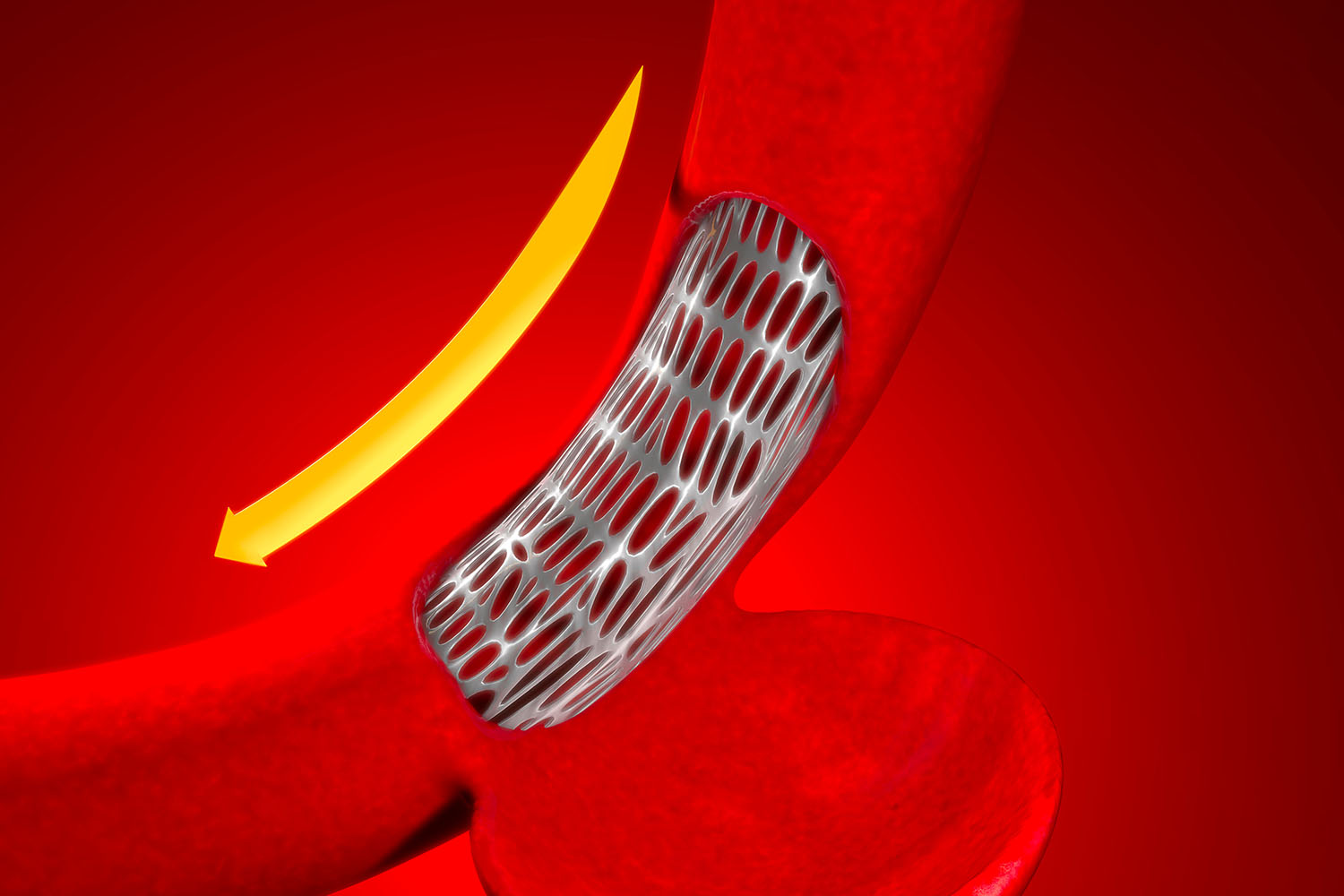Overview
In the age of modern medicine, the advent of groundbreaking technologies continually reshapes the landscape of healthcare. Endovascular Aneurysm Repair (EVAR) stands as a quintessential example, embodying innovation and progress within vascular surgery. EVAR represents a significant departure from traditional open surgeries, offering patients a less invasive and more efficient treatment option for aortic aneurysms. Let’s delve into the intricacies of EVAR, its benefits, and the transformative impact it has on patient care.

EVAR, EVAR, EVAR: The repetition of this acronym echoes throughout the corridors of vascular surgery departments worldwide. It has become synonymous with advancements in medical science and the pursuit of enhanced patient outcomes. But what exactly is EVAR? At its core, EVAR involves the insertion of a stent graft through small incisions in the groin, guided to the site of the aneurysm within the aorta using imaging technology such as fluoroscopy. Once in position, the stent graft is deployed, reinforcing the weakened vessel walls and diverting blood flow away from the aneurysm, effectively reducing the risk of rupture.
The beauty of EVAR lies in its minimally invasive nature, which translates to shorter hospital stays, quicker recovery times, and reduced postoperative complications compared to traditional open surgeries. Patients undergoing EVAR often experience less pain and trauma, allowing them to resume their daily activities sooner a significant boon to their quality of life.
Moreover, EVAR’s versatility extends beyond its application in elective cases. It has proven to be a valuable tool in the management of ruptured aortic aneurysms, offering a potentially life-saving intervention for patients in critical condition. The ability to rapidly deploy a stent graft in emergency situations can mitigate hemorrhage and stabilize patients, significantly improving their chances of survival.
However, like any medical procedure, EVAR is not without its limitations and considerations. Patient selection criteria, anatomical suitability, and long-term durability of stent grafts are among the factors that clinicians must carefully evaluate to ensure optimal outcomes. Additionally, ongoing advancements in technology and procedural techniques continue to refine and expand the scope of EVAR, promising even greater efficacy and safety in the years to come.
EVAR stands as a testament to the relentless pursuit of innovation in healthcare. Its introduction has heralded a new era in vascular surgery, offering patients a safer, more efficient alternative to traditional interventions. As the EVAR continues to evolve and improve, its impact on patient care will undoubtedly remain profound, reaffirming its status as a cornerstone of modern medical practice.


